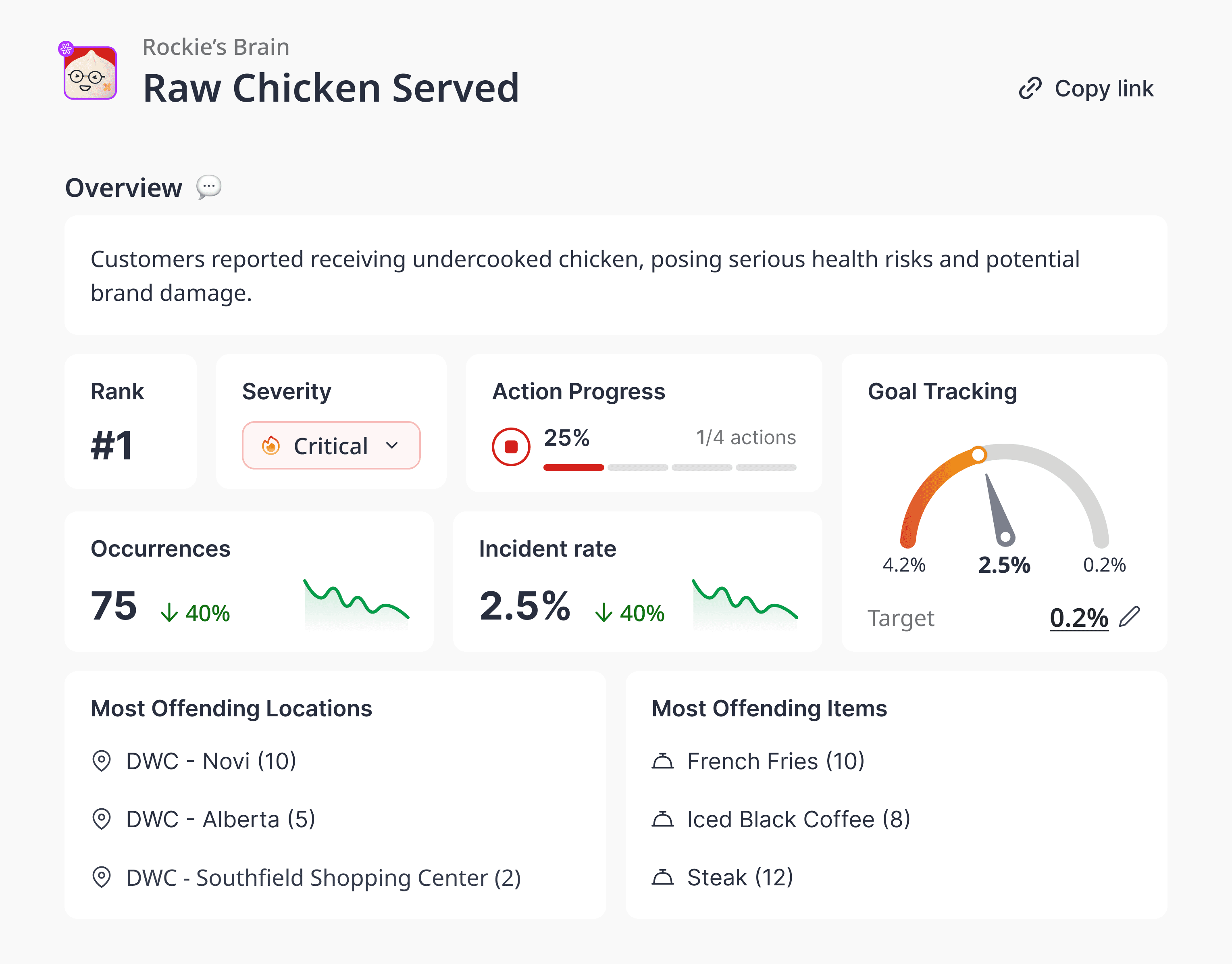
Aug 5, 2025
Amanda Jacob
What Southeast Asia’s AI Boom Means for Labor, Regulation, and Innovation
Contents
Southeast Asia’s AI moment isn’t coming — it’s here.
From Manila to Ho Chi Minh City, startups and enterprises are deploying AI not just as a buzzword, but as infrastructure. Voicebots take your bank calls. AI recommends your lunch order. Smart cameras track crowd flows in transport hubs. And governments are no longer on the sidelines — they’re moving in with frameworks and policies.
But as with any transformation, AI’s rise in Southeast Asia is not without friction. It’s accelerating opportunity and exposing fault lines — especially in the workforce and regulatory landscape.
This is the story of how AI in Southeast Asia is forcing a new conversation on labor, law, and what kind of future we’re building.
A Region on the Rise
Southeast Asia isn’t waiting to play catch-up in AI adoption — it’s carving its own path. In 2024, the region drew over $1.2B in AI-related investment, with Singapore, Indonesia, and Vietnam leading the pack. Industries driving the charge?
Financial services: AI underwriting, fraud detection, and robo-advisory.
Retail and QSRs: Personalization engines, voice ordering, and customer feedback automation.
Logistics: AI-optimized routing and warehouse robotics.
Government services: Smart city initiatives and e-governance pilots.
But beyond the sectors and the dollars, there’s a more urgent question: who wins — and who gets left behind?
Labor: Automation vs. Aspiration
The promise of AI in Southeast Asia is clear: increased productivity, new job categories, and improved service delivery. But the reality is more complicated.
In countries like the Philippines, where BPO (business process outsourcing) employs 1.7 million people, generative AI poses both a challenge and an evolution. Entry-level call center roles are already being augmented — or replaced — by AI voice agents.
A 2024 McKinsey report estimates that 20–25% of repetitive, rules-based tasks in Southeast Asia could be automated by 2030. For emerging economies that rely on labor-intensive sectors, this is both a warning and an opportunity.
The big questions now:
Can vocational training catch up with the pace of automation?
Will digital literacy rise fast enough across rural populations?
Are governments and companies investing in upskilling at the same rate they’re investing in AI?
If not, Southeast Asia risks a new kind of inequality — not of income, but of capability.
Regulation: Playing Catch-up or Leapfrogging?
While China enforces "hard law" AI regulations, and the EU champions human rights-centered governance, Southeast Asia is finding its own way.
Singapore has led the charge with AI Verify, a voluntary risk assessment framework now being positioned for international standardization.
Other countries are taking more measured steps:
Indonesia is integrating AI guidance into its personal data protection framework.
Vietnam has drafted an AI national strategy, emphasizing both security and economic development.
Malaysia and Thailand are exploring sector-specific sandboxes for financial and healthcare AI.
What’s unique here is that Southeast Asia is trying to regulate without stifling innovation — a balancing act that’s hard to maintain as use cases scale.
But one trend is clear: regional collaboration is increasing. In 2025, ASEAN member states began early discussions on cross-border AI ethics and data interoperability standards. If successful, this could create one of the first multilateral AI policy zones in the world.
Innovation: Local First, Global Next
One of Southeast Asia’s AI superpowers? Its cultural and linguistic diversity.
AI built here has to work in Bahasa Indonesia, Tagalog, Thai, and Burmese, often in the same sentence as English. It has to navigate low-bandwidth environments, fragmented device ecosystems, and non-digital native populations.
And so, AI in Southeast Asia is by nature:
Resource-efficient (low compute, high ROI)
Context-sensitive (local slang, dialects, customs)
Problem-driven, not theory-driven (solving now, not someday)
Startups like Sparrow.ai in Indonesia and VAIA in Vietnam are tackling local logistics, customer engagement, and education with purpose-built models—designed for Southeast Asian realities, not Silicon Valley assumptions.
The result? Innovation that isn’t derivative, but distinctive.
What Businesses Need to Know
AI will change the talent equation: Entry-level roles may shrink, but demand for mid-level tech + operations hybrids will grow. Invest in workforce transformation now.
Compliance is coming: What’s voluntary today (like AI Verify) may be mandatory tomorrow. Get your AI governance playbook in place.
Localization wins: Products that don’t speak the region’s languages — or understand its nuance — will fail. Period.
The speed is real: Southeast Asia is moving fast — and skipping steps. Don’t assume it’ll follow Western trajectories.
Southeast Asia’s Choice — And Challenge
AI won’t just shape Southeast Asia’s economy. It will shape what kind of economies Southeast Asian nations become.
Will it widen the gap between digital elites and everyone else?
Or will it become the great equalizer, enabling leapfrogging in education, health, and entrepreneurship?
That depends on what leaders — in government, in startups, and in global companies — choose to build.
One thing’s for certain: Southeast Asia isn’t watching this revolution. It’s leading it.






